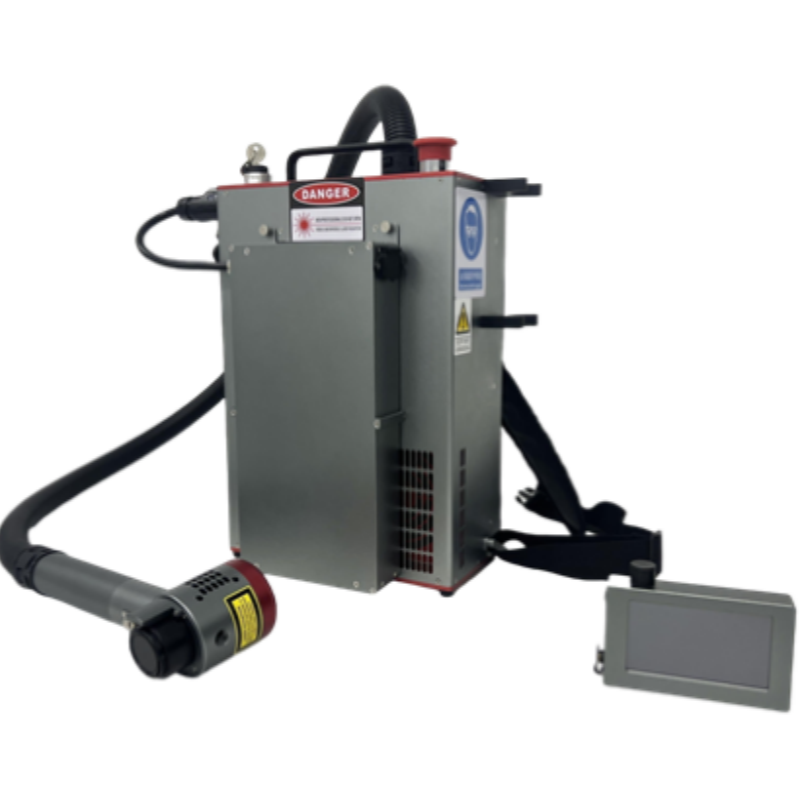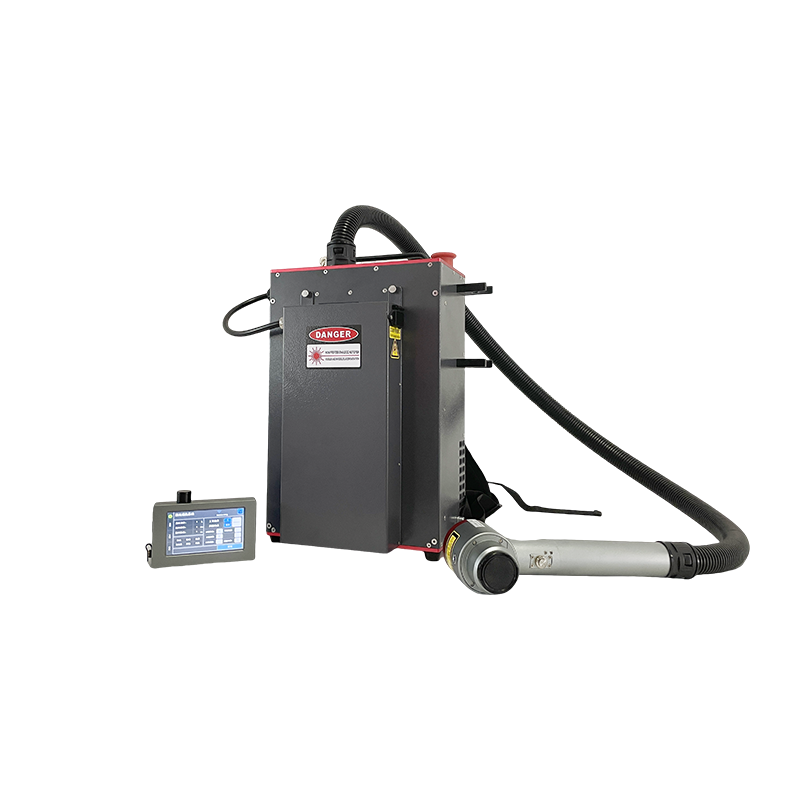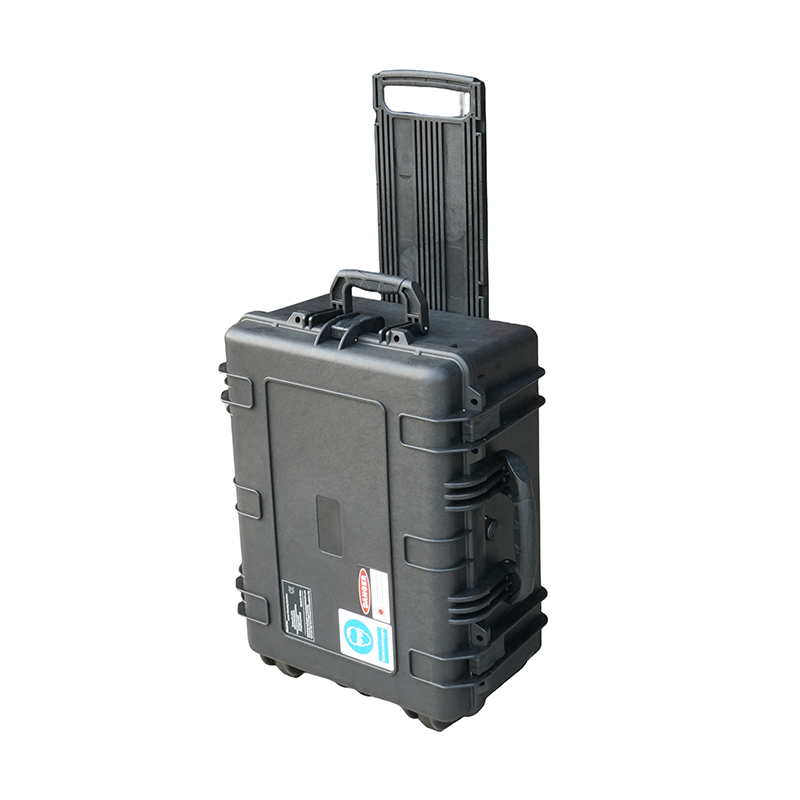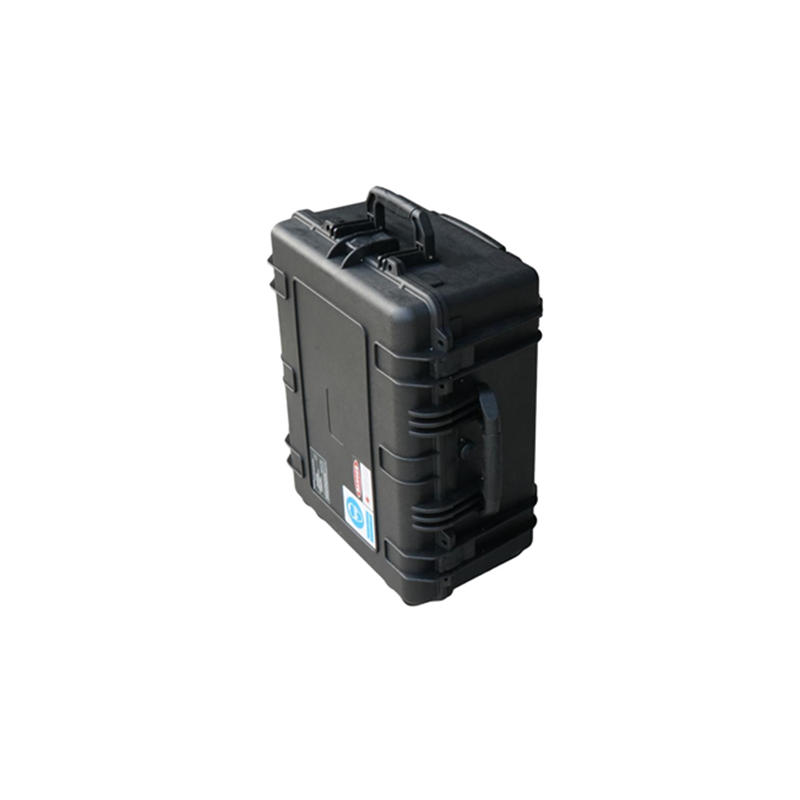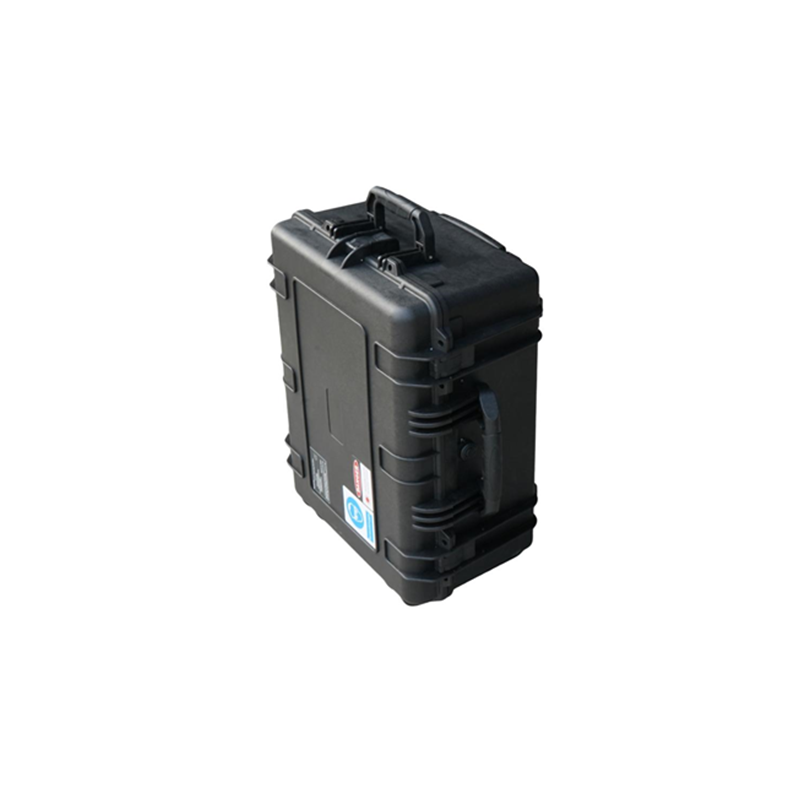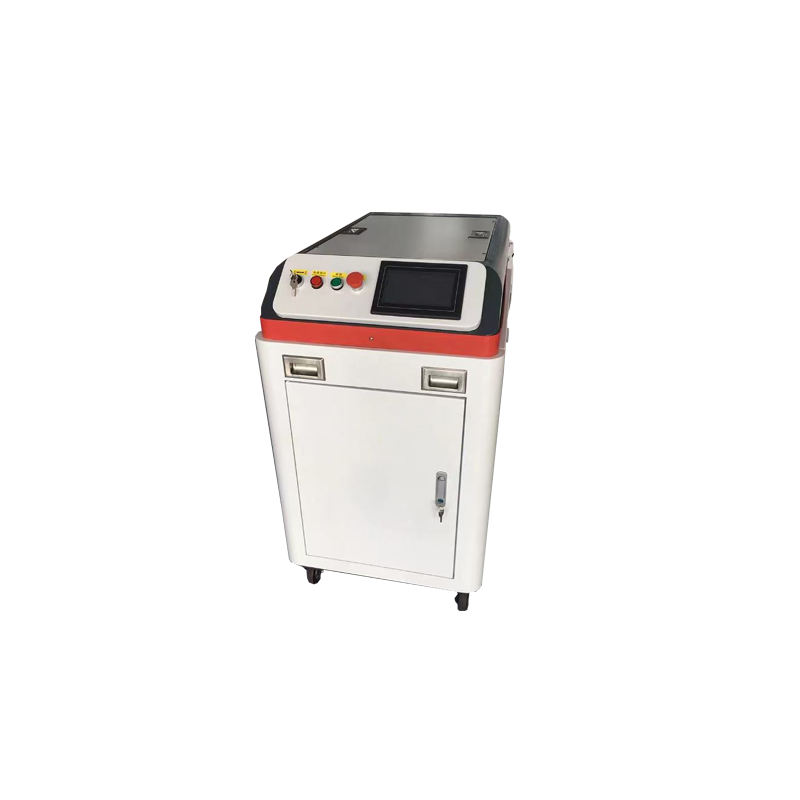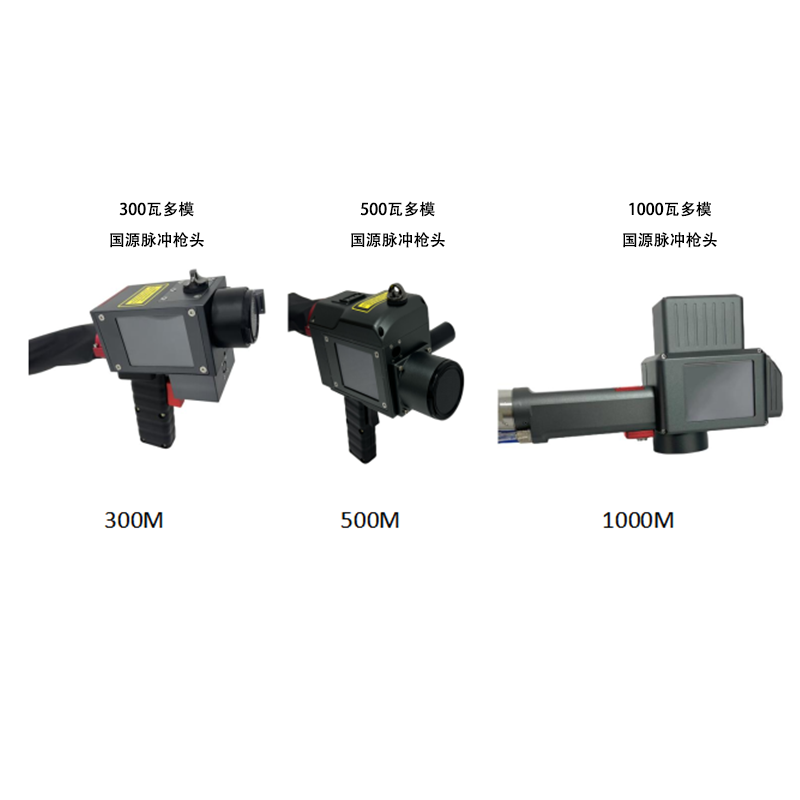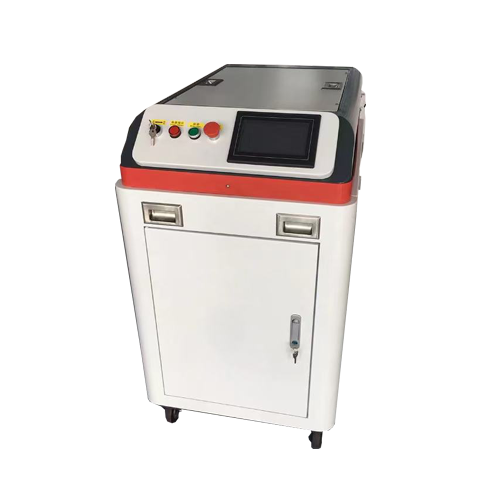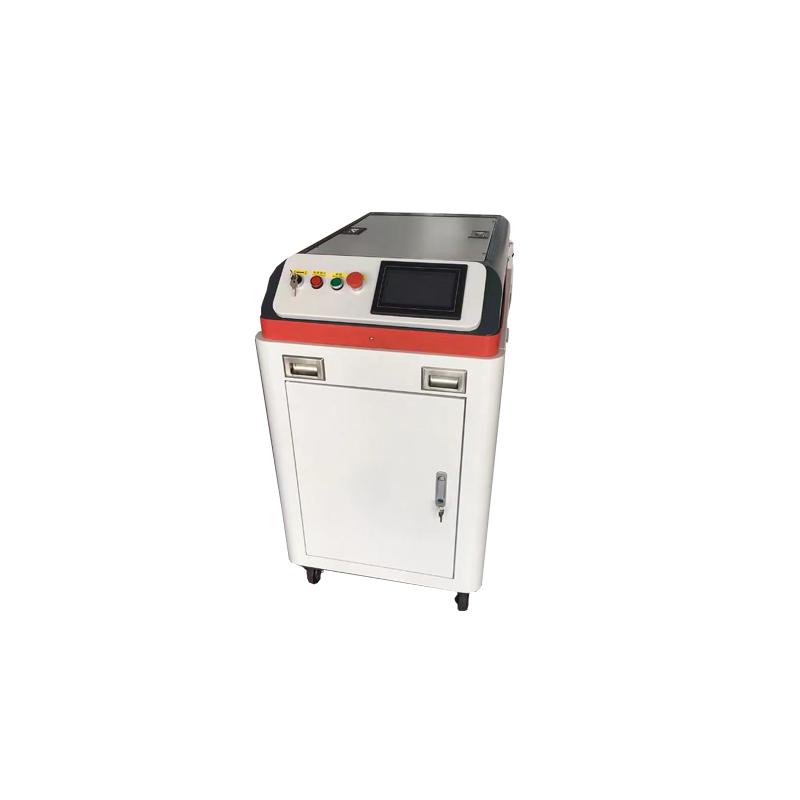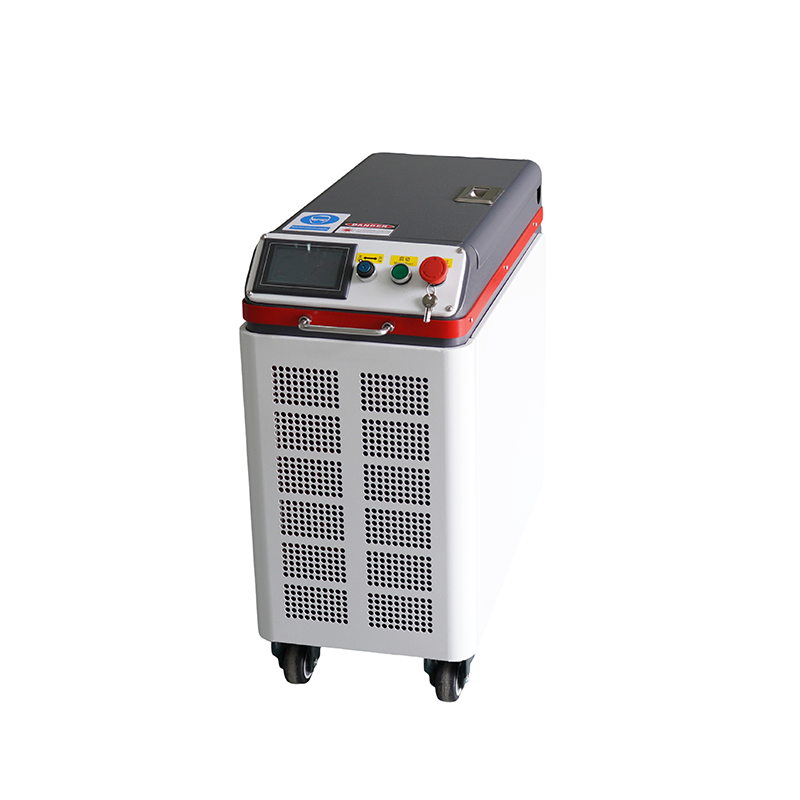Pulsed laser cleaning machines differ significantly from other cleaning methods (e.g., mechanical, chemical, ultrasonic, or dry ice blasting) in terms of principle, precision, environmental impact, and application scope. Here is the detailed comparison:
1. Cleaning Principle
Pulsed Laser Cleaning: Uses high-energy laser pulses to break bonds between contaminants (rust, paint, oxides) and the substrate through photoablation (vaporization) or thermal shock, leaving the base material unharmed.
Mechanical Cleaning (e.g., sandblasting, scraping): Relies on abrasive friction to remove contaminants, which can damage the substrate.
Chemical Cleaning: Uses solvents or acids to dissolve contaminants, risking material corrosion and hazardous waste.
Ultrasonic Cleaning: Uses high-frequency sound waves in a liquid medium to dislodge dirt, effective for small parts but limited to submerged objects.
Dry Ice Blasting: Sublimates CO₂ pellets upon impact, lifting contaminants via thermal shock; no residue but requires gas supply.
2. Precision & Selectivity
Laser Cleaning: Highly precise, can target micron-level contaminants without affecting the substrate (ideal for delicate surfaces like electronics or cultural artifacts).
Other Methods: Less selective—mechanical and abrasive methods risk surface damage, while chemical cleaning may affect the entire part uniformly.
3. Environmental Impact
Laser Cleaning: Eco-friendly—no chemicals, abrasives, or waste (only vaporized particles, often captured by filtration).
Sandblasting/Abrading: Generates dust/particulate waste (silica hazards).
Chemical Cleaning: Produces toxic wastewater/sludge requiring disposal.
Dry Ice: Non-toxic but consumes CO₂ (a greenhouse gas).
4. Applications
Laser Cleaning: Best for high-value, precision cleaning (aerospace components, historical restoration, semiconductor molds, automotive weld prep).
Mechanical/Chemical: Better for large-scale, rough cleaning (ship hulls, industrial machinery).
Ultrasonic: Used for small, intricate parts (jewelry, medical tools).
Dry Ice: Suitable for food processing, electrical equipment (no moisture residue).
5. Cost & Efficiency
Laser Cleaning: Higher upfront cost but lower long-term expenses (no consumables, minimal maintenance). Slower for large areas but unbeatable for precision.
Abrasive/Chemical: Lower initial cost but ongoing expenses (media replacement, waste disposal).
Dry Ice: No residue but continuous CO₂ supply adds cost.

